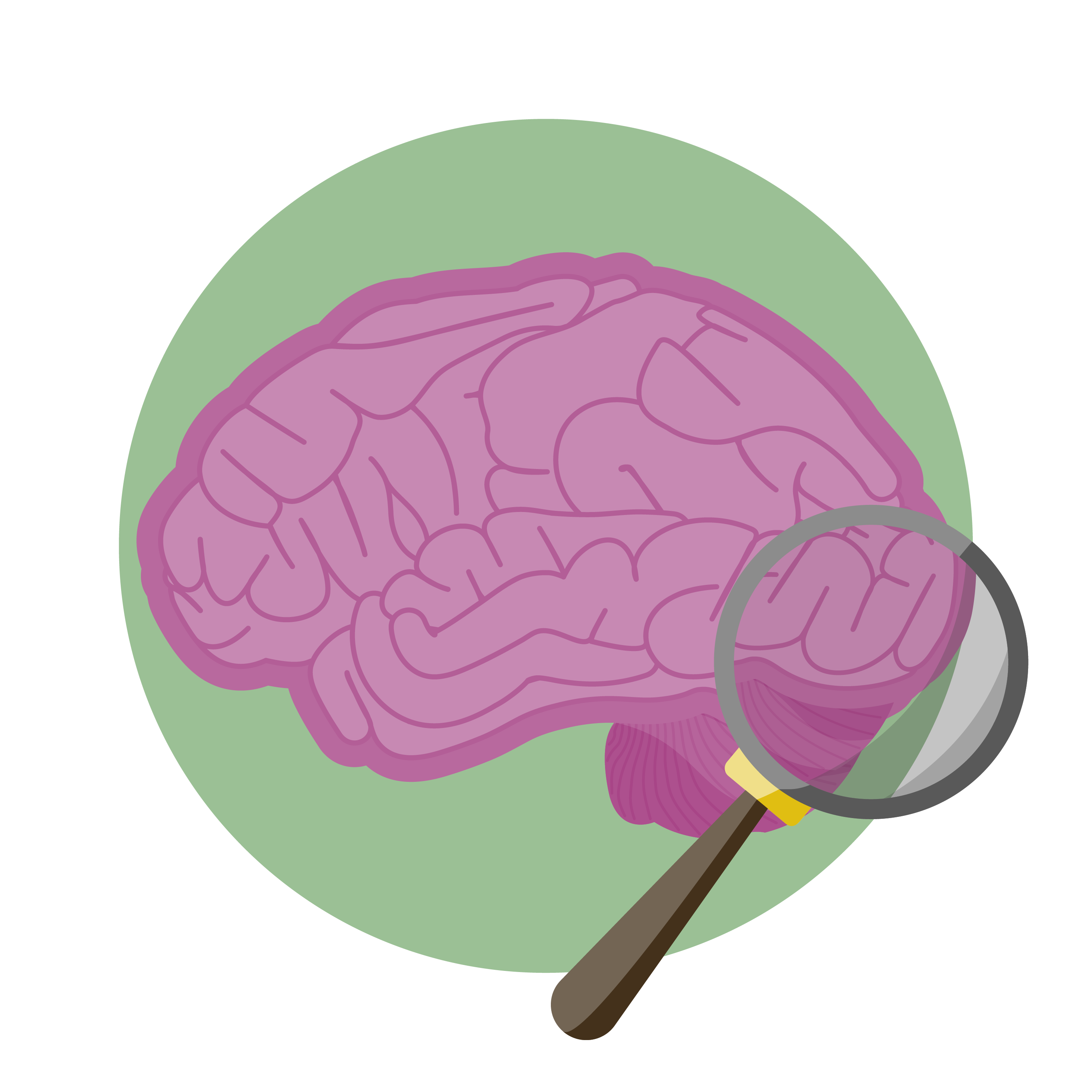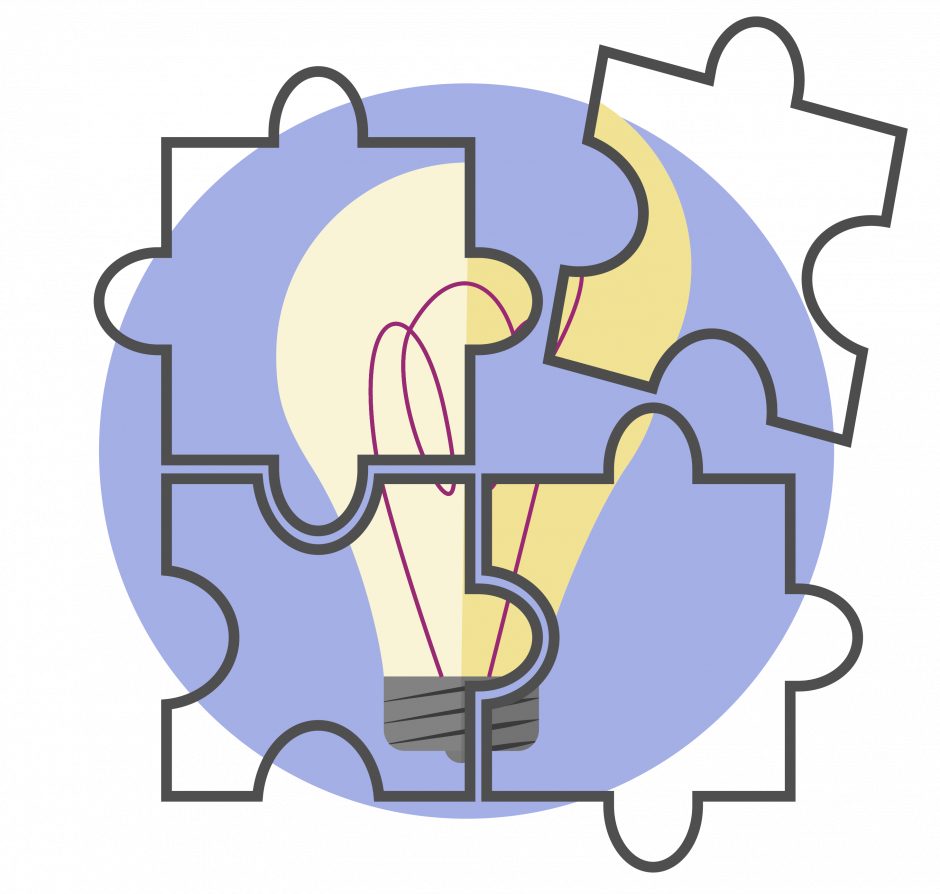
Who Are We?

The Centre for Collaborative Research on Hoarding is a multidisciplinary group based in the UBC Department of Psychology. Faculty members from the UBC School of Social Work and the Department of Psychology work together to better understand hoarding behaviour and to promote evidence-informed interventions to keep everyone safe and comfortably housed. We partner with community-based organizations across Canada to ensure that our research is informed by and relevant to service providers who work with hoarding. People with lived experience of hoarding are also important partners in our research, both as consultants to the research strategies and as participants in research to understand hoarding.
Our research is currently funded by the Social Sciences and Humanities Research Council of Canada and the University of British Columbia.
What is Hoarding?

Hoarding involves extreme attachment to personal possessions and, consequently, great difficulty letting go of objects that other people would easily discard, donate, or recycle. After a while, possessions start to build up so that important parts of the home cannot be used for routine activities such as preparing food or socializing. People with hoarding may experience emotional distress or strained relationships due to clutter in the home, and their difficulty discarding, or acquisition of additional items.
If you’re interested in learning more about hoarding, check out this podcast: Story Collider Podcast or read Stuff: Compulsive Hoarding and the Meaning of Things by Gail Steketee and Randy Frost. This fascinating book provides a good foundation for understanding hoarding behaviour. In addition, we urge you to check out our resources page for a more detailed look at hoarding.
I want to learn more about…
We Acknowledge
We acknowledge that the UBC Vancouver campus is situated on the traditional, ancestral, and unceded territory of the xʷməθkʷəy̓əm (Musqueam). We recognize their continued struggles, and hope to honour them as we do our part in working towards reconciliation.

Website designed and developed by Patricia Jiang.




